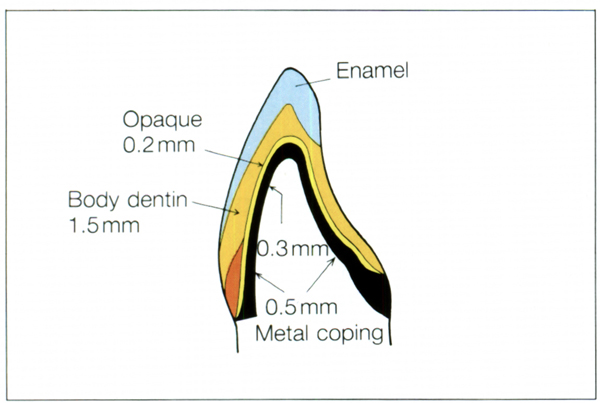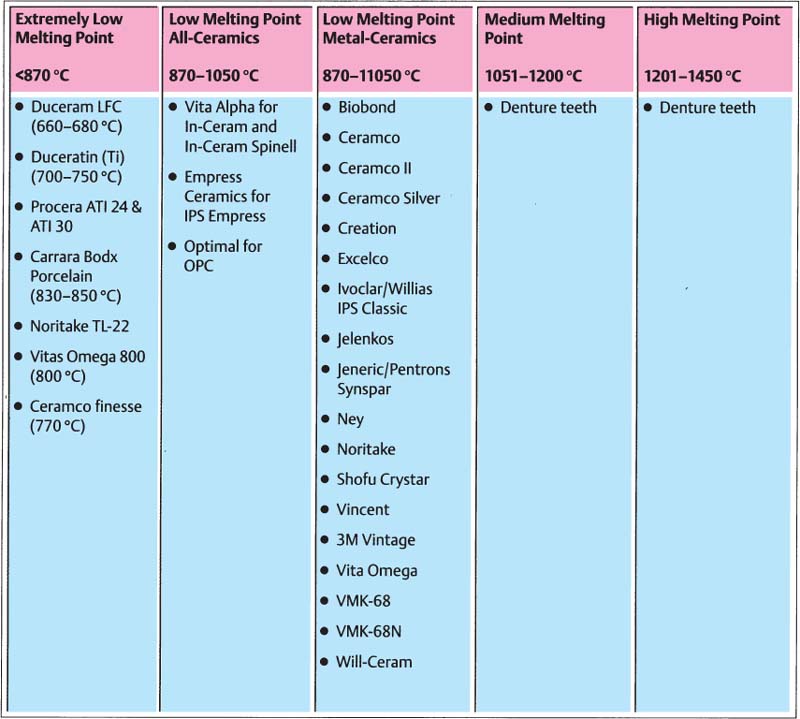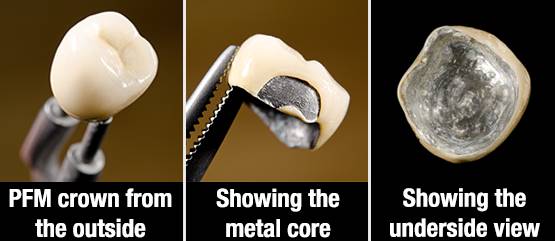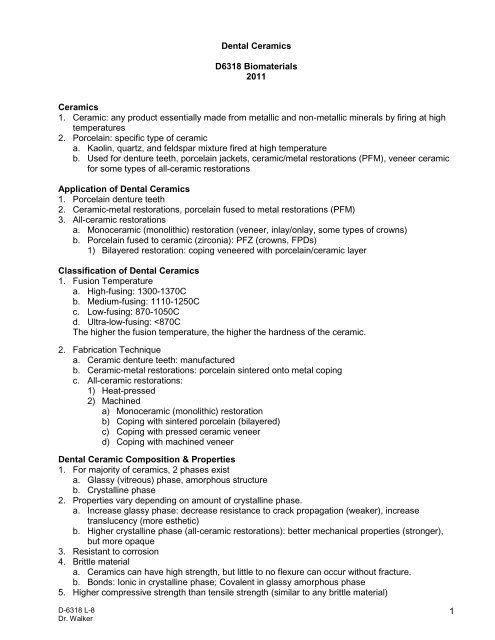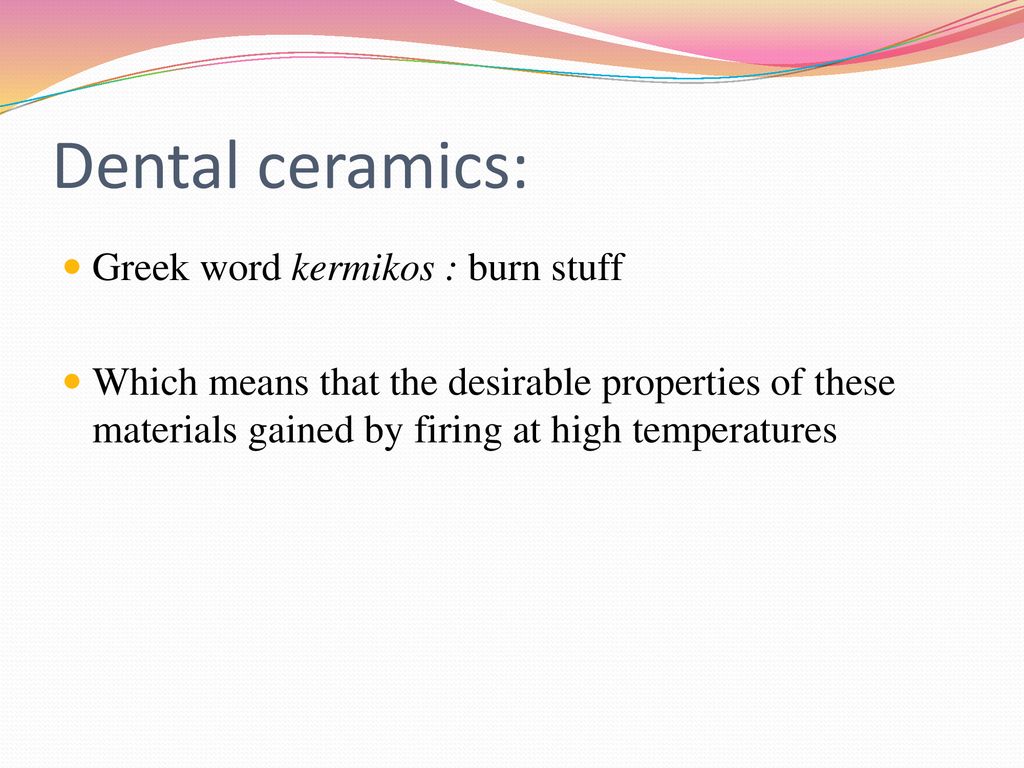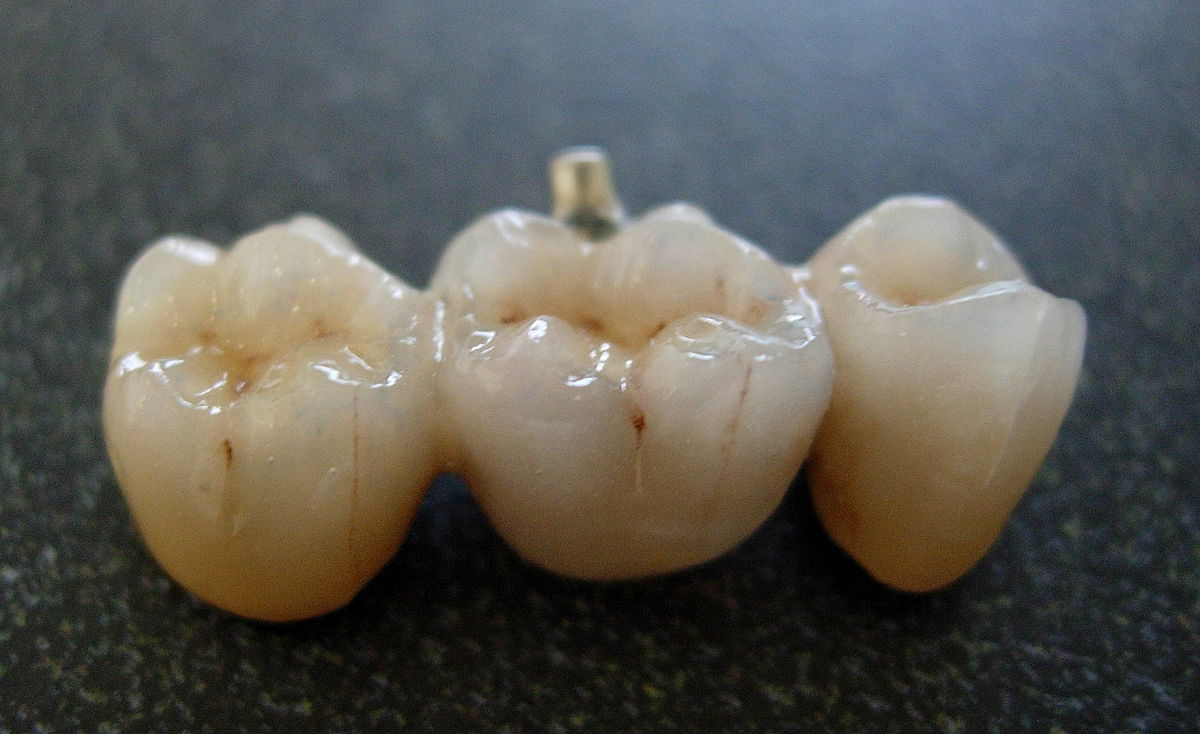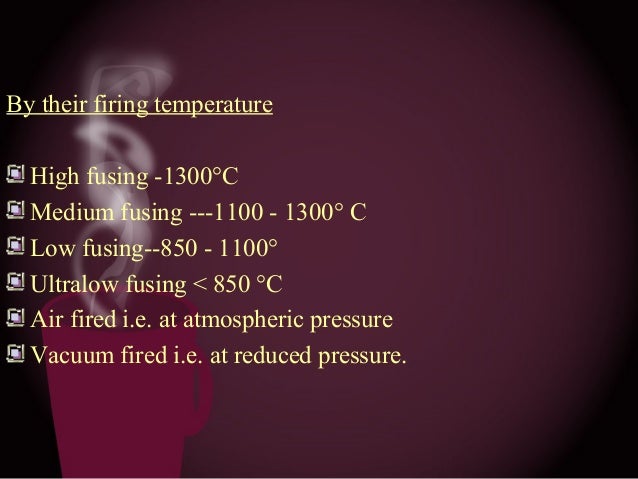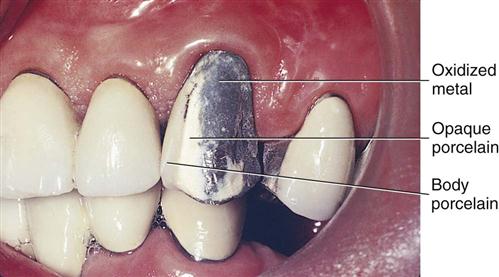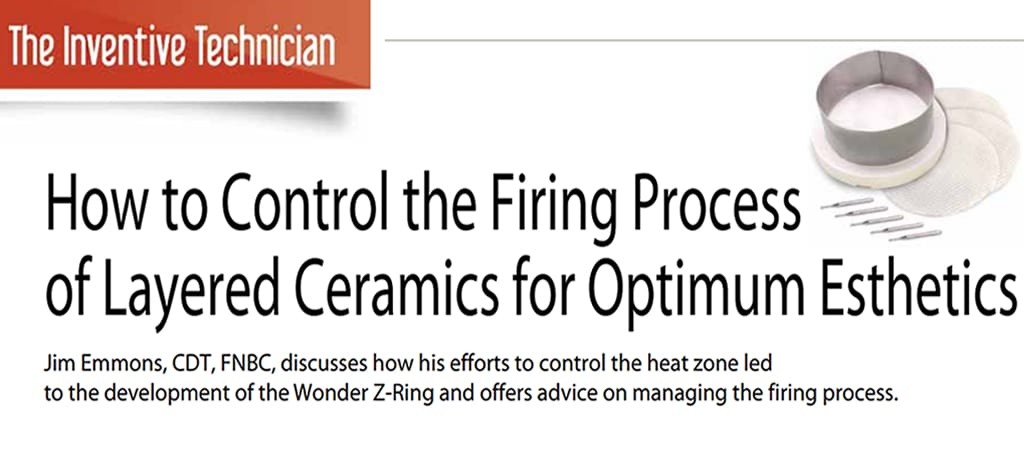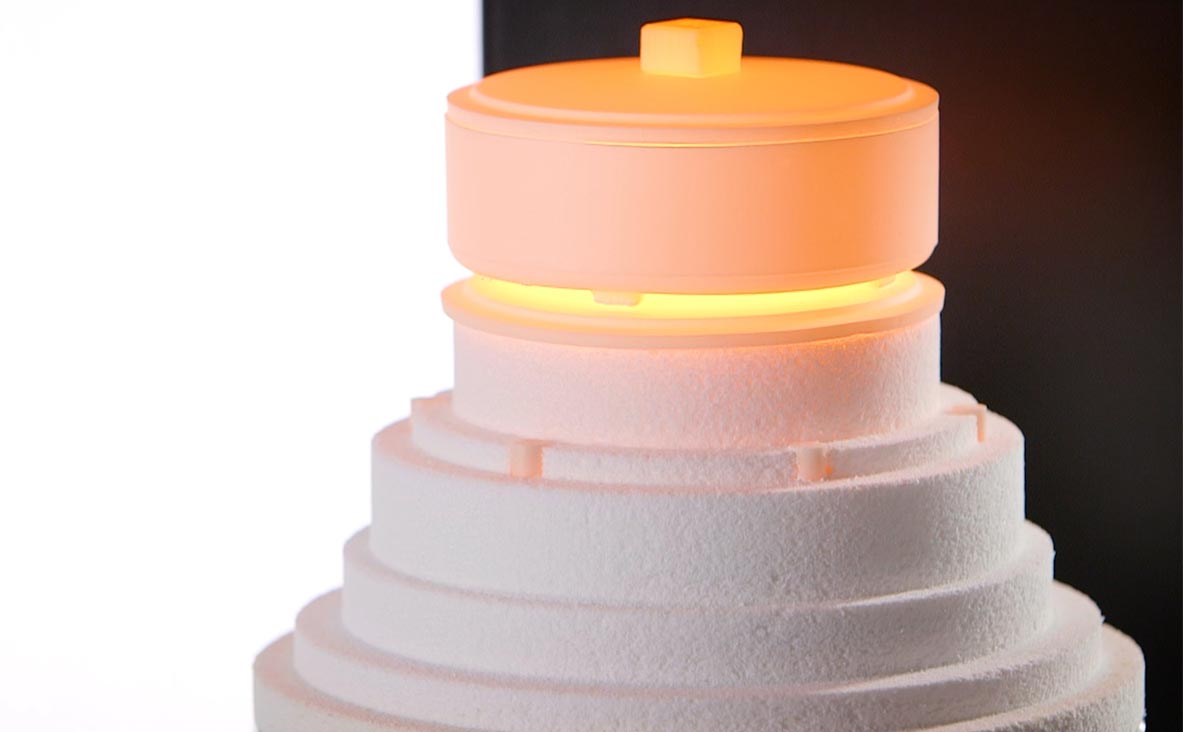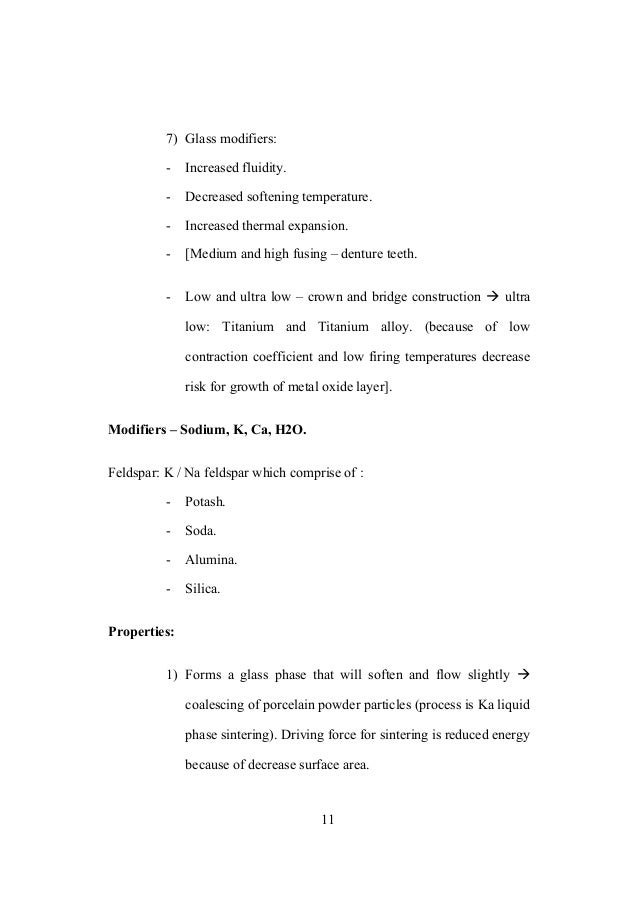Dental Ceramic Firing Process

First the powder corresponding to the desired shade is mixed with water.
Dental ceramic firing process. A long firing period at a very high temperature is preferred d. The process of heating refractory particles until they. Troubleshooting and fault analysis. However strong acids such as hydrofluoric acid can be used to etch the surface of the ceramic.
Potters apply a layer of glaze to the bisqueware leave it to dry then load it in the kiln for its final step glaze firing. When porcelain is applied it may have different colors white purple pink depending on the manufacturer. Ceramic glaze is an impervious layer or coating applied to bisqueware to color decorate or waterproof an item. There are many peg putties on the market and all do what they are supposed to do.
The process temperature control rings ptcr by schupp ceramics are ceramic measuring tools that permit measurement of heat inputs up to 1750 c during the firing cycle. Boric oxide in porcelain metal elements are embedded in the. Call us to request a free trial and find out what super peg does that the others don t. 1886 flux used in dental ceramics is.
For certain dental prostheses such as three unit molars porcelain. Process control and optimisation. A short firing period at a very low temperature is preferred the melting point of titanium in degree celcius is. Dental ceramics formed during the firing process are chemically stable inert and resistant to chemical attack.
Ceramic firing support a global icon super peg stabilizes your crown during the firing process leaving you with a post fired benefit you will surely smile about. Dental porcelain also known as dental ceramic is a dental material used by dental technicians to create biocompatible lifelike dental restorations such as crowns bridges and veneers evidence suggests they are an effective material as they are biocompatible aesthetic insoluble and have a hardness of 7 on the mohs scale. Dental ceramics for ceramic metal restorations belong to this compositional range and are commonly referred to as dental porcelains. Dental porcelain shrinks during firing.
The more restrictive term porcelain refers to a specific compositional range of ceramic materials made by mixing kaolin quartz and feldspar and firing at high temperature. In dental ceramic sub structures sintered refractory materials have little or no glass. They are also biocompatible and have a good soft tissue compatibility. For earthenware such as fired clay pottery to hold liquid it needs a glaze.
During firing glass in ceramic is similar tothe mortar between stones in a wall.




